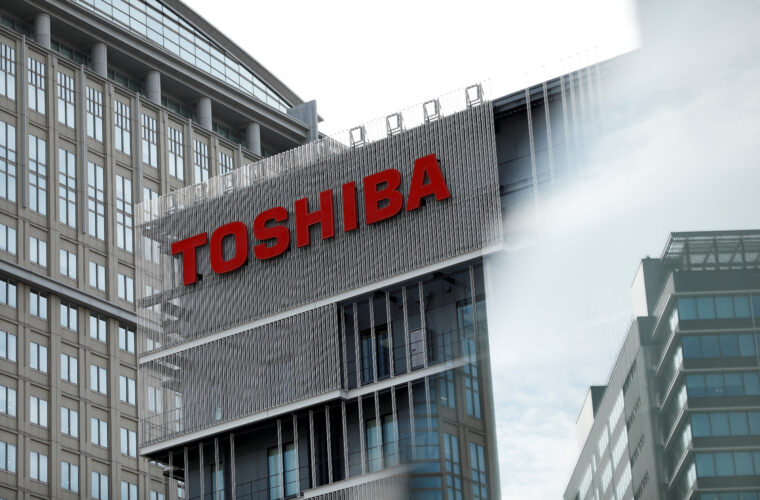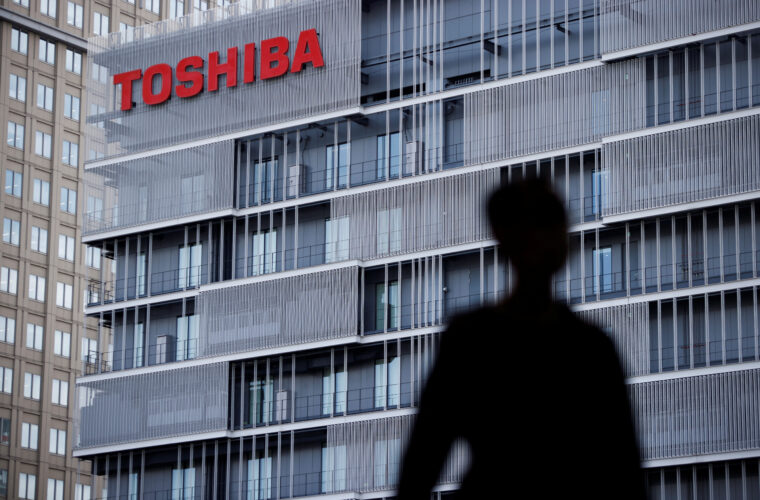Toshiba Corporation leads a global group of companies that combines knowledge and capabilities from over 140 years of experience in a wide range of businesses. From energy and social infrastructure to electronic devices, with world-class capabilities in information processing, digital and AI technologies. What is now understood by Toshiba quantum technology in the modern world is something different.
If earlier, we had whole sets of quantum particles, like an atomic bomb, now humans have learned to manipulate atoms, photons and ions. Today we live in an age of rapid development of technologies that are introduced and operated in physics laboratories. Such as tools and instruments are now available that we could not have dreamed of ten years ago. Thanks to this technological leap, we approached the second quantum revolution.
To begin with, Toshiba Europe has developed the world’s first microchip-based quantum key distribution system. It is a system with substantial evolution in the field of network security and the development of the Internet of Things (IoT). So, we’re talking about a quantum internet.
Quantum Key Distribution Quantum (QKD)
Toshiba is essentially developing a field called quantum key distribution. It is a method of distributing quantum keys generated by a quantum state of a system. Reading the information would cause changes in their quantum state and would be detectable. Understandably, we have much greater security because of the quantum behaviour of the Internet.
Security Quantum Network – Toshiba Quantum Technology

QKD allows its users to exchange confidential information with great security through an unsafe telecommunication channel such as the Internet. All this can be done by giving a shared key to the users who want to communicate, which is used to encrypt the information they share. Unlike other security services, the security of quantum cryptography arises directly from the laws of physics. Therefore does not run any risk from the development of mathematics and computers.
Quantum Technology & Implementation in Internet of Things
Quantum communications can ensure absolute confidentiality. Today’s communication systems use mostly asymmetric encryption. A quantum computer can break them. To avoid this, symmetric encryption must be used and this introduces us to the realm of quantum technology.
For quantum cryptography to become as ubiquitous as the algorithmic cryptography we use today, the size, weight and power consumption must be further reduced. This is especially true for extending QKD and quantum random number generators (QRNG) into new domains such as the last-mile connection to the customer or IoT. The development of chip-based solutions is essential to enabling mass-market applications, which will be integral to the realisation of a quantum-ready economy.
Technical Part for Quantum Key Distribution Quantum (QKD) and Quantum random number generators (QRNG)

Toshiba has developed techniques for shrinking the optical circuits used for QKD and QRNG into tiny semiconductor chips. These are not only much smaller and lighter than their fibre optic counterparts, but also consume less power. Most significantly, many can be fabricated in parallel on the same semiconductor wafer using standard techniques used within the semiconductor industry, allowing them to be manufactured in much larger numbers. For example, the quantum transmitter chips developed by Toshiba measure just 2x6mm, allowing several hundred chips to be produced simultaneously on a wafer.
According to, Andrew Shields (Head of Quantum Technology at Toshiba Europe) remarked, “Photonic integration will allow us to manufacture quantum security devices in volume in a highly repeatable fashion. It will enable the production of quantum products in a smaller form factor, and subsequently allow the rollout of QKD into a larger fraction of the telecom and datacom network.”
To conclude with
It’s essentially a revolutionary new quantum chip made of silicon (which gives it compatibility with existing components) uses light particles (photons) and is thousands of times smaller than existing ones, and scientists predict mass production and utilization in the future in commercial products.
As we mentioned QKD is not based on the mathematical complexity of security key analysis, but is based on the laws of physics. This means that even the most powerful computers could not crack *qubit-based keys. Therefore, it is easy to understand why the idea attracts the interest of players from all walks of life, from financial institutions to intelligence services.
*qubit: the elementary unit of quantum information. The difference from the “classic” bit (bit) is that while the bit can only take one of two possible values (either zero 0 or one 1) qubit is a superposition (sum) of both states at the same time.



